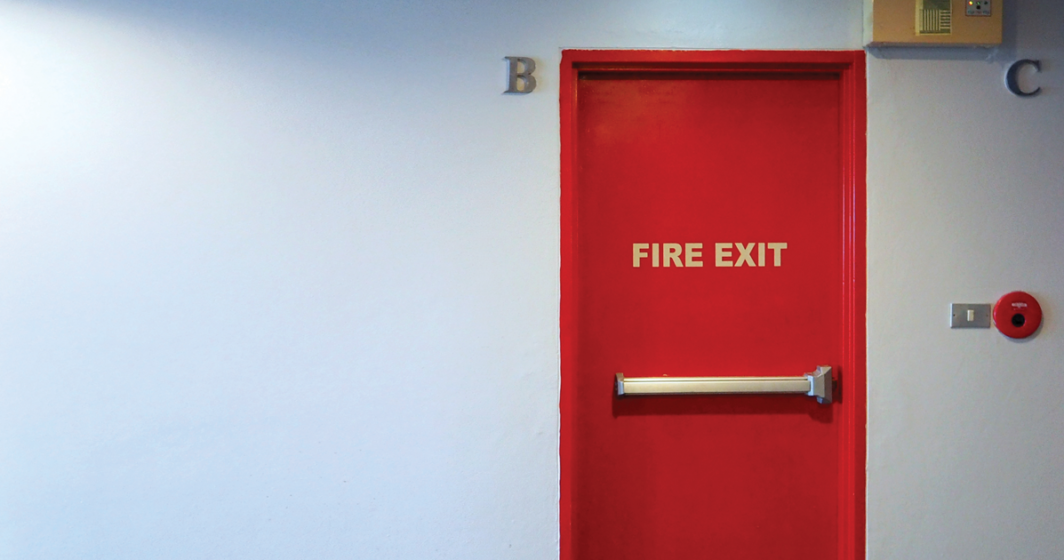What is PFP?
Passive fire protection (PFP) is an integral part of the structural fire protection and fire safety in any building. PFP systems are designed to contain flames in certain parts of a building and resist ignition in the first place. This resistance is structural and designed to compartmentalise a building and isolate a flame, preventing the spread of fire from room to room and floor to floor. These systems range from fire walls, doors, and floors to protect the room surfaces, to fire-resistant sealants and intumescent products to protect plumbing services throughout the building.
Why do we need better regulation?
For something that is so important to the integrity of a structure and the safety of people, it is worrying to note the inadequacies that exist in training, inspection, certification, and compliance for installation of PFP systems in Victoria. This is a position long held by the plumbing industry in Victoria.
Issues around training, compliance, certification, and reporting must be addressed to ensure that passive fire systems are: Identified as a necessary part of the building construction; Installed correctly by trained individuals; Inspected and certified by trained personnel; and reported to the right industry bodies such as building surveyors/certifiers.
What about training?
There is currently a lack of training at any level within the plumbing industry for passive fire controls. Training would need to be developed specific to plumbing systems that addresses an individual’s knowledge and skill base to:
- Apply rules and regulations to installation operations;
- Prepare for system installation;
- Prepare the fireproofing substrate or fire stopping opening for the system;
- Install the passive fire and smoke containment system;
- Label or mark and certify the passive fire and smoke containment system; and
- Complete the installation.
Neither Plumbing nor Construction qualifications contain any competencies that cover PFP systems. The only existing training competency is CPPFES3040A - Install passive fire and smoke containment systems. It is hosted with the Property Services skills sector and it is currently under review.
Further work is needed to identify plumbing-related training within this scope of activity. Overseas training courses that may be suitable for transition can complement the existing content produced by manufacturers of passive fire controls to form the basis of an industry training model.
Initially, this would be classed as post-trade training but there would be sufficient support for training set at Certificate III level or below that could be included as a core or elective within plumbing apprentice training.
What inspection, certification and reporting models are available?
There are a diverse range of inspection and certification models that exist to address the needs of passive fire installations in Victoria. These range from well-documented and recorded site-specific models, where the building certifier for that building took a hands-on role in documenting and recording both the installation and manufacturer specification on the type of passive control used, to ‘independent’ inspection certifications that are carried out by the manufacturer on the product used.
What’s Master Plumbers’ view?
Master Plumbers is advocating for the self-certifying model for our plumbing industry in Victoria. This is where appropriately-trained individuals take responsibility for the work they perform. Master Plumbers argues the Plumbing Regulations must incorporate this model to ensure PFP is part of the scope of plumbing work.
Additionally, a detailed database that records all the necessary information required by building certifiers will form the cornerstone of a system that enables oversight and maintenance of passive fire installations across the state both now and into the future.
An industry-developed program would provide consistency around compliance and mitigate the need for building certifiers to conduct post-installation compliance inspections. This will also allow our industry to drive greater awareness and conformity in this area within a suggested training and compliance pathway.

